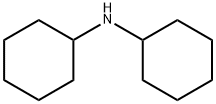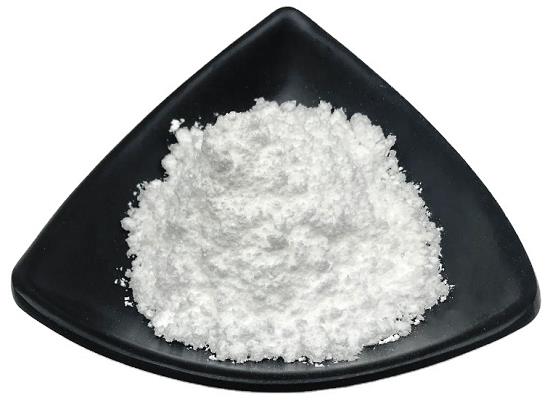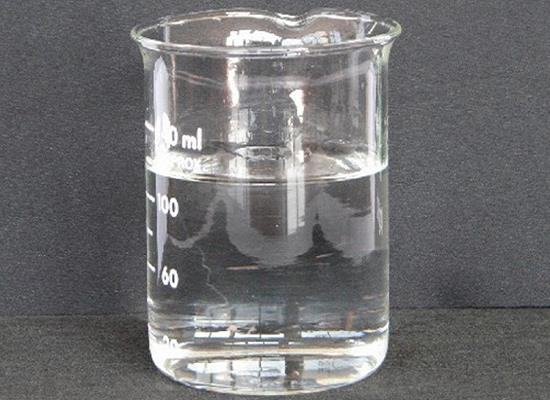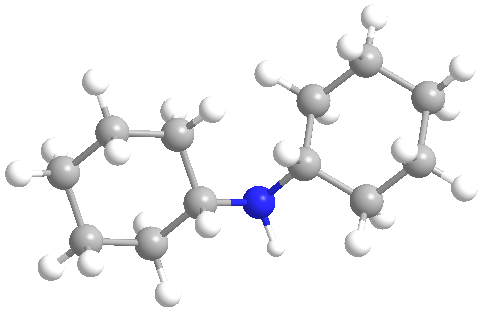Dicyclohexylamine: properties and applications
General Description
Dicyclohexylamine (DCHA) is a versatile chemical compound. It is slightly soluble in water but readily dissolves in organic solvents. Chemically, DCHA is classified as a secondary amine and can undergo typical amine reactions. It is generally stable but may decompose in the presence of strong acids or oxidizing agents. Dicyclohexylamine has various applications, such as an inhibitor of spermidine synthase in plants and a colorimetric sensor for detecting trinitrotoluene (TNT) contamination. The sensor offers a rapid and efficient solution for assessing TNT contamination in environmental samples.

Figure 1. Dicyclohexylamine
Properties
Dicyclohexylamine is a chemical compound with the molecular formula C12H23N. It is a colorless to pale yellow liquid with a distinct amine-like odor. DCHA has several physical and chemical properties. In terms of physical properties, DCHA has a molecular weight of 181.32 g/mol. It has a melting point range of -4 to -3 °C and a boiling point range of 256 to 257 °C. The density of DCHA is 0.894 g/cm³ at 20 °C. It exhibits slight solubility in water but readily dissolves in organic solvents such as ethanol, ether, and chloroform. Regarding chemical properties, DCHA is classified as a secondary amine due to the presence of an amine functional group attached to two cyclohexyl groups. It can undergo typical amine reactions, including the formation of salts with acids and participation in nucleophilic substitution reactions. DCHA is generally stable under normal conditions, although it may decompose in the presence of strong acids or oxidizing agents. Notably, it has a relatively high flash point, which means it is less flammable compared to other compounds. In summary, dicyclohexylamine is a versatile compound with specific physical and chemical properties that make it suitable for various applications in industries. 1
Applications
Inhibitor of spermidine synthase
Dicyclohexylamine is an inhibitor of plant spermidine synthase and has been used in the study of polyamine and S-adenosyl-containing compound biosynthesis in plant protoplasts. An improved analytical method based on high pressure liquid chromatography allows for the simultaneous determination of these compounds in plant protoplast extracts. Using this method, researchers have investigated the effects of DCHA on polyamine and 1-aminocyclopropane-1-carboxylate (ACC) biosynthesis in Chinese cabbage leaf-derived protoplasts. The results showed that DCHA effectively inhibits spermidine synthase in vivo. Inhibition of spermidine synthesis by DCHA led to an increase in spermine synthesis, without significant impact on ACC synthesis. Furthermore, DCHA caused a significant increase in decarboxylated S-adenosylmethionine, a metabolite that serves as a precursor for spermine synthesis. This suggests that the availability of decarboxylated S-adenosylmethionine may be a limiting factor for spermine synthesis in plant protoplasts. Overall, the application of dicyclohexylamine and the developed analytical method provide valuable insights into the regulation of polyamine metabolism. 2
Colorimetric sensor
Dicyclohexylamine has been applied in the development of a colorimetric absorption-based sensor for the detection of trinitrotoluene (TNT) in contaminated soils and post-blast debris. The sensor utilizes a charge-transfer (CT) reagent, DCHA, encapsulated in a polyvinylchloride (PVC) polymer matrix plasticized with dioctylphtalate (DOP). This sensor is molded into transparent test strips that exhibit an absorption maximum at 530 nm when placed in a 1-mm spectrophotometer cell. The sensor demonstrates a linear absorption response to TNT solutions ranging from 5 to 50 mg L(-1) in 30% aqueous acetone. It exhibits a limit of detection (LOD) of 3 mg L(-1). Importantly, the sensor is specific to TNT and remains unaffected by other explosives such as RDX, PETN, DNT, and picric acid, although it is affected by tetryl. Statistical validation against high-performance liquid chromatography (HPLC) using a standard sample of Comp B confirms the accuracy of the proposed method for TNT assay. The developed sensor is cost-effective, highly specific, resistant to air and water, and provides rapid and reproducible results. It is suitable for on-site field use, allowing for the determination of TNT in both dry and humid soil and groundwater using a portable colorimeter. This colorimetric sensor offers a practical and efficient solution for the rapid assessment of TNT contamination in various environmental samples. 3
Reference
1. Dicyclohexylamine. NIST Chemistry WebBook.
2. Greenberg ML, Cohen SS. Dicyclohexylamine-induced shift of biosynthesis from spermidine to spermine in plant protoplasts. Plant Physiol. 1985 Jul;78(3):568-575.
3. Erçağ E, Uzer A, Apak R. Selective spectrophotometric determination of TNT using a dicyclohexylamine-based colorimetric sensor. Talanta. 2009 May 15;78(3):772-780.
You may like
Related articles And Qustion
See also
Lastest Price from Dicyclohexylamine manufacturers

US $1.00/kg2025-03-14
- CAS:
- 101-83-7
- Min. Order:
- 1kg
- Purity:
- 99%
- Supply Ability:
- 10 mt
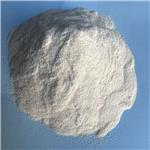
US $9.50/KG2024-10-11
- CAS:
- 101-83-7
- Min. Order:
- 1KG
- Purity:
- 99%
- Supply Ability:
- 100ton
